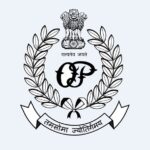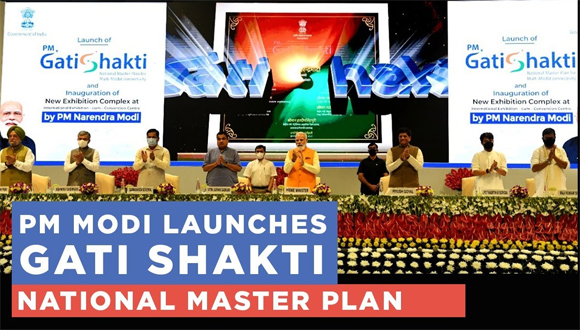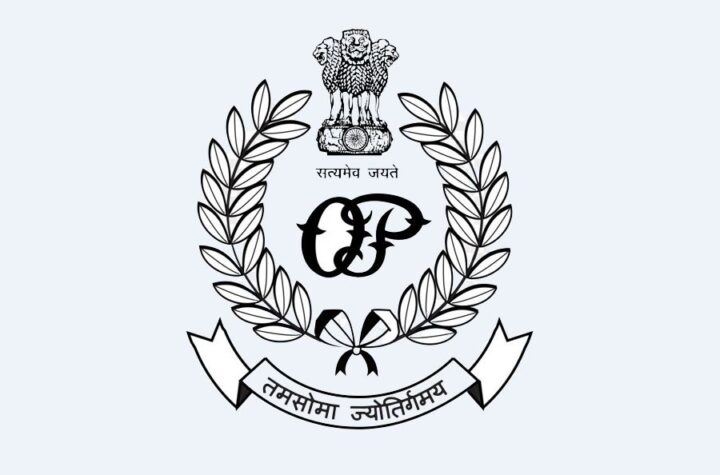On Wednesday, Prime Minister Narendra Modi launched PM Gati Shakti, a National Master Plan for multi-modal connectivity. The scope of the government’s latest initiative is expansive, the targets are ambitious. What Gati Shakti essentially will do is integrating road, railway, airport and multi-modal connectivity projects across the country, incorporating a range of existing infrastructure projects of the government such as Bharatmala, Sagarmala, inland waterways, dry/land ports, and UDAN. It promises to greatly enhance the national highway as well as the electricity transmission networks, increasing the cargo handling by railways and the cargo capacity at ports, and also setting up mega food parks, defence corridors, and electronics manufacturing clusters. Considering the multiplier effects, the timely implementation of such infrastructure projects, especially at the current juncture, could provide a notable boost to the economy which it badly needs.
The intent behind the initiative is straightforward. As public sector projects in India are marred by inordinate delays and cost overruns, there is a need to coordinate the planning and execution of infrastructure connectivity programmes across the country and speed up implementation in order to bring down logistics costs. This could lower the inefficiencies in supply chains in India. A recent report by CII and Arthur D Little had estimated the logistics costs in supply chains in India at 14 per cent of GDP. In comparison, the report had pointed out that such costs amounted to only 8-10 per cent of the GDP in the US and Europe and 9 per cent in China. In the case of South Asian countries like Vietnam and Malaysia, though the cost structures are similar to those existing in India, they fare better on the World Bank’s logistics performance index. While India scores 3.18 on the index, Vietnam and Malaysia score higher at 3.27 and 3.22 respectively.Logistical inefficiencies not only cause delays, but also add to manufacturing costs and lower the competitiveness of Indian exports vis – a vis other countries.
This technology-led integrated approach could help align all stakeholders, ease the problems with attaining clearances, and bring about greater coordinated action across government departments. But there are concerns as well. For one, the effectiveness of a platform in ensuring better coordination among ministries is debatable – breaking down bureaucratic silos may prove to be harder than normally expected. Point in time, critical to the success of some of these infrastructure projects will also be the effective participation of state governments. The Centre will need to devise political interventions and ways to coax and incentivise state government participation and cooperation.











More Stories
Odisha Crime Branch arrests 3 Directors of 2 Fintech companies for Cyber Fraud
AstraZeneca withdraws Covid-19 vaccine globally, months after admitting rare side effects
India – New Zealand joint trade committee acknowledges in both economies